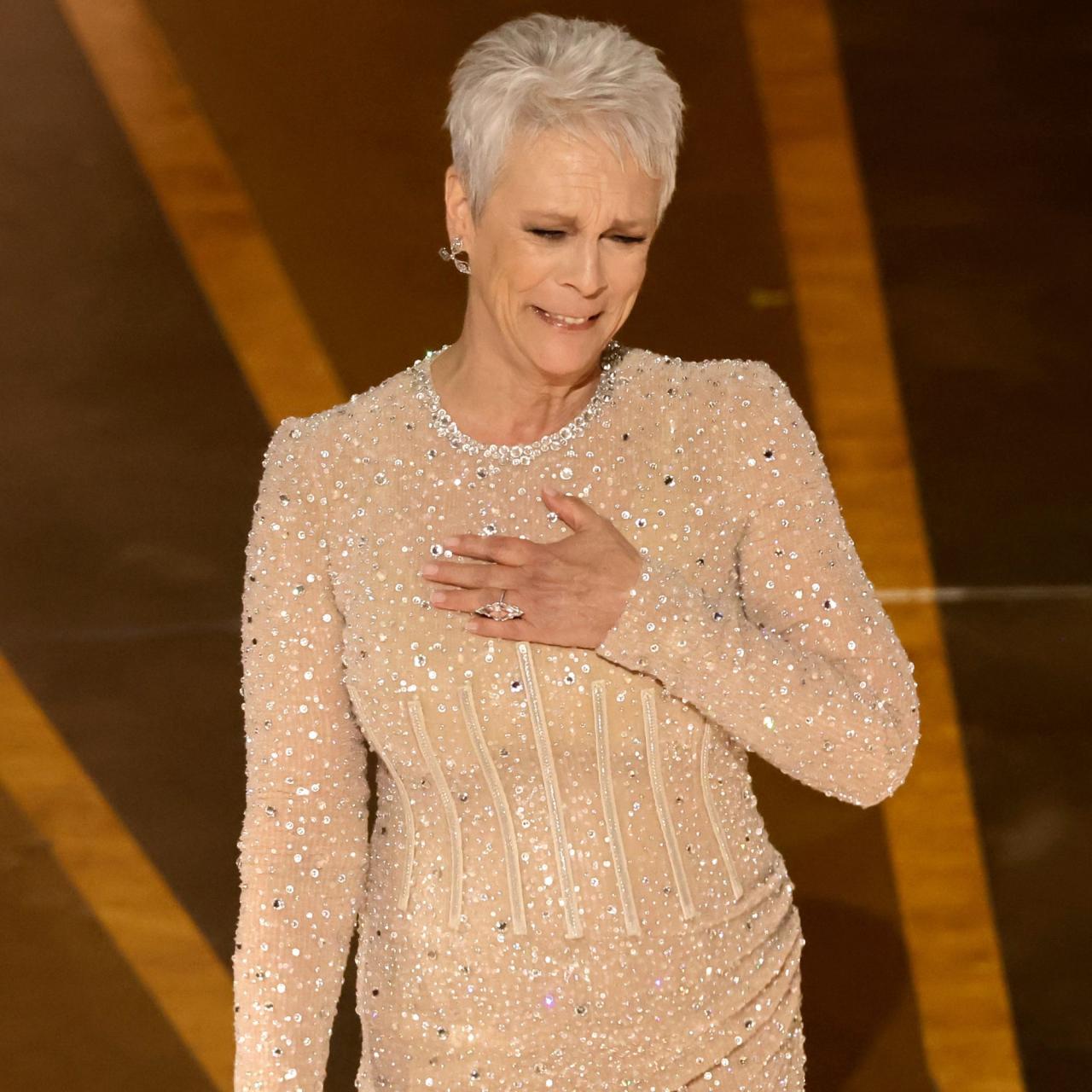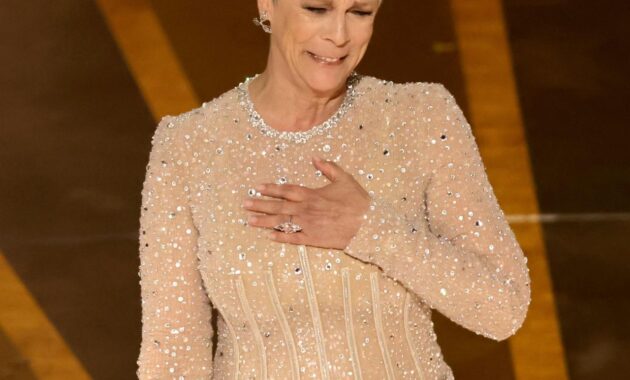How to Create a Dating Profile That Feels Authentic is an essential guide for anyone navigating the modern dating landscape. In a world where first impressions are often made online, crafting a profile that truly reflects your personality and values can be a daunting task. This guide provides insights and strategies to help individuals express their true selves, thereby attracting the right matches and fostering genuine connections.
By exploring key elements such as understanding personal values, utilizing effective language, and showcasing one’s unique traits, this discussion aims to equip readers with the necessary tools to create an appealing and authentic dating profile. The emphasis will be on authenticity over cliché, ensuring that readers can confidently present themselves in a way that resonates with potential partners.
In recent decades, the phenomenon of urbanization has undergone a significant transformation, reshaping the social, economic, and environmental fabric of cities across the globe. Urbanization, defined as the increasing population shift from rural to urban areas, has reached unprecedented levels, with more than half of the world’s population now residing in urban centers. This article delves into the implications of urbanization, exploring its driving forces, consequences, and the intricate dynamics that characterize modern urban life.The historical trajectory of urbanization can be traced back to the Industrial Revolution in the 18th and 19th centuries, which catalyzed the movement of populations from agrarian lifestyles to urban settings.
As industries burgeoned, cities became economic powerhouses, attracting labor from rural areas. This migration was driven not only by the promise of employment but also by the allure of improved living standards and access to services such as education and healthcare. However, the rapid pace of urbanization has led to challenges that require attention from policymakers, urban planners, and communities alike.One of the primary drivers of urbanization is economic opportunity.
Cities serve as engines of economic growth, fostering innovation and entrepreneurship. The concentration of resources, talent, and infrastructure creates a conducive environment for businesses to thrive. For instance, major cities like New York, London, and Tokyo are not only financial hubs but also cultural melting pots, offering diverse job opportunities across various sectors. However, this economic dynamism is often accompanied by disparities in wealth distribution, resulting in stark contrasts between affluent neighborhoods and marginalized communities.Social dynamics also play a crucial role in urbanization.
Cities are often viewed as centers of social mobility, where individuals from diverse backgrounds can pursue education and career opportunities. The cultural exchange that occurs in urban settings fosters creativity and enhances social cohesion. Nevertheless, urbanization can lead to social fragmentation, as seen in the rise of gated communities and social segregation. The challenge lies in ensuring that urban growth is inclusive, providing equitable access to resources and opportunities for all residents.Moreover, environmental sustainability has become a pressing concern in the context of urbanization.
Rapid urban growth has significant implications for resource consumption, waste generation, and greenhouse gas emissions. Cities account for a substantial portion of global energy consumption and carbon emissions, necessitating a shift towards sustainable urban development. Innovative solutions such as green architecture, renewable energy integration, and efficient public transportation systems are essential for mitigating the environmental impact of urbanization. Urban planners must prioritize sustainable practices to create resilient cities that can adapt to the challenges posed by climate change.The infrastructure of cities is another critical aspect affected by urbanization.
As populations swell, the demand for housing, transportation, and public services increases exponentially. Insufficient infrastructure can lead to traffic congestion, inadequate sanitation, and a strain on public health systems. Addressing these challenges necessitates strategic planning and investment in infrastructure development. Smart city initiatives, which leverage technology to enhance urban management, have emerged as a viable solution to optimize resources and improve the quality of life for residents.In addition to these challenges, urbanization has significant implications for governance and political dynamics.

The concentration of populations in urban areas has shifted the locus of political power, leading to a greater emphasis on local governance. Cities are increasingly becoming sites of political activism, where citizens engage in grassroots movements to advocate for social change. The rise of urban social movements highlights the importance of community engagement in shaping urban policy, emphasizing the need for participatory governance that reflects the diverse voices of city residents.Furthermore, the COVID-19 pandemic has underscored the vulnerabilities inherent in urban living.
The crisis revealed the importance of public health infrastructure and the need for resilient urban systems. Many cities faced unprecedented challenges, from healthcare capacity strains to economic downturns. However, the pandemic also prompted innovative solutions, such as the adoption of remote work and the reimagining of public spaces to accommodate social distancing. The lessons learned during this period may inform future urban planning efforts, emphasizing the need for flexibility and adaptability in the face of unforeseen challenges.As we look to the future, the trajectory of urbanization will continue to evolve, shaped by technological advancements, demographic shifts, and global challenges.
The rise of digital technologies, including artificial intelligence and the Internet of Things, is poised to revolutionize urban living. Smart city initiatives, which integrate technology into urban infrastructure, hold the potential to enhance efficiency and improve the quality of life for residents. However, the equitable distribution of technological benefits remains a critical concern, necessitating a focus on inclusivity in digital urban development.In conclusion, the multifaceted implications of urbanization underscore the need for a comprehensive understanding of this complex phenomenon.
While urbanization presents significant opportunities for economic growth and social mobility, it also poses challenges that demand innovative solutions and collaborative efforts. Policymakers, urban planners, and communities must work together to create sustainable, inclusive, and resilient cities that can thrive in an ever-changing global landscape. As urbanization continues to shape our world, the lessons learned and strategies developed will be crucial in navigating the intricacies of modern urban life and ensuring a prosperous future for all urban residents.















